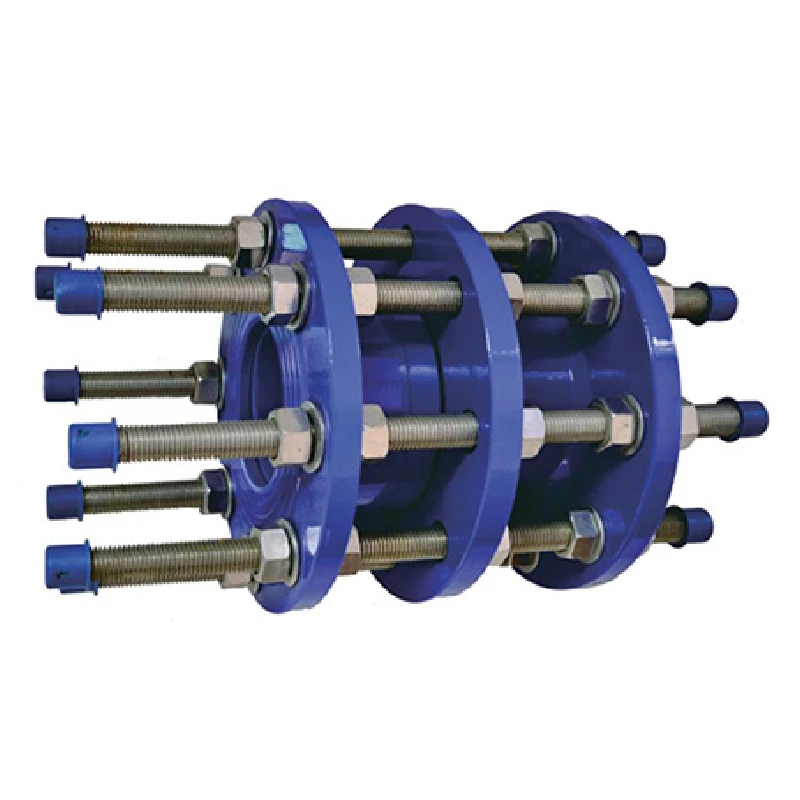10 月 . 31, 2024 12:05 Back to list
PN16 Check Valve Specifications and Applications in Fluid Control Systems
Understanding PN16 Check Valves A Comprehensive Overview
Check valves play a critical role in various fluid systems, ensuring the unidirectional flow of liquids and gases. Among the various types available, the PN16 check valve stands out due to its robust design and reliable performance. The term PN refers to the nominal pressure rating of the valve, with 16 indicating that the valve can operate effectively under a pressure of 16 bar (approximately 232 psi). This pressure rating makes PN16 check valves suitable for a wide range of industrial applications.
Understanding PN16 Check Valves A Comprehensive Overview
Material selection is crucial for ensuring the longevity and performance of PN16 check valves. They are commonly made from durable materials such as brass, stainless steel, or ductile iron, depending on the application and the types of fluids being conveyed. For example, stainless steel PN16 check valves are preferred in corrosive environments, whereas ductile iron valves are often used in waterworks due to their strength and resilience.
pn16 check valve

Installation of PN16 check valves requires careful consideration to ensure optimal functionality. It is essential to install the valve in the correct orientation, typically with the flow direction indicated by an arrow on the valve body. Additionally, positioning the valve away from potential turbulence and ensuring appropriate spacing are critical factors in minimizing pressure drops and maximizing efficiency.
Regular maintenance of check valves, including the PN16 variant, can further enhance their lifespan and performance. Periodic inspections for wear and tear, as well as ensuring that the sealing surfaces are clean and free of debris, help maintain optimal operating conditions. In some cases, operators may consider incorporating additional mechanisms, such as pressure relief valves, to enhance the overall reliability of the system.
In conclusion, PN16 check valves are essential components in various fluid transport systems, providing a reliable means of preventing backflow and maintaining system integrity. Their sturdy construction, variety of materials, and straightforward installation make them a favored choice in numerous industries. By understanding the dynamics of these valves and adhering to proper maintenance practices, operators can ensure the longevity and effectiveness of their piping systems.
Share
-
Understanding the Differences Between Wafer Type Butterfly Valve and Lugged Butterfly ValveNewsOct.25,2024
-
The Efficiency of Wafer Type Butterfly Valve and Lugged Butterfly ValveNewsOct.25,2024
-
The Ultimate Guide to Industrial Swing Check Valve: Performance, Installation, and MaintenanceNewsOct.25,2024
-
Superior Performance with Industrial Swing Check Valve: The Essential Valve for Any SystemNewsOct.25,2024
-
Industrial Swing Check Valve: The Ideal Solution for Flow ControlNewsOct.25,2024
-
You Need to Know About Industrial Swing Check Valve: Functionality, Scope, and PerformanceNewsOct.25,2024